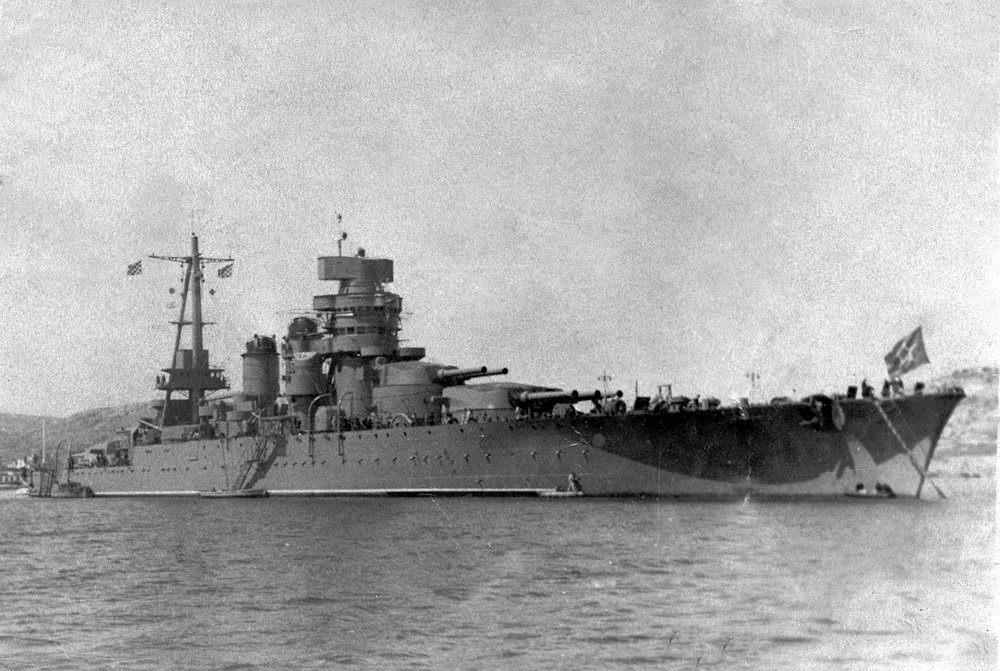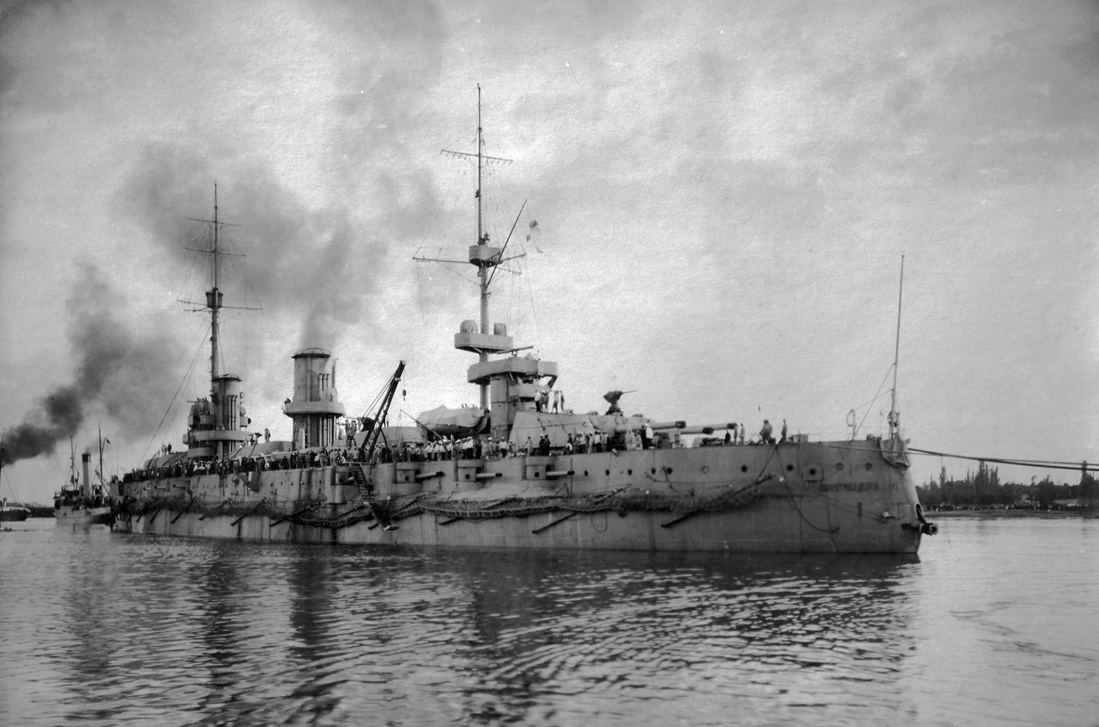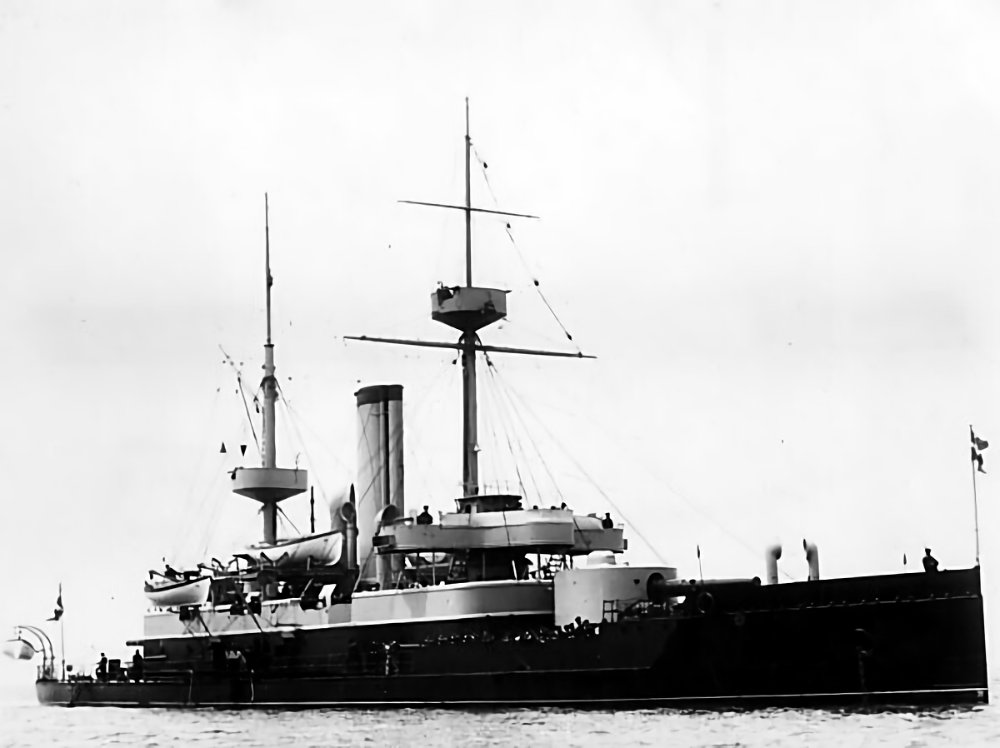Tag: Ship
-
Soviet Battleship Novorossiysk

Soviet Battleship Novorossiysk Novorossiysk was a Conte di Cavour-class battleship operated by the Soviet Union from 1949 to 1955. Originally the Regia Marina (Italian Royal Navy) battleship Giulio Cesare, she was awarded to Russia as part of war reparations. Operated mainly as a training ship, she underwent several refits, which included replacing her lights Italian… Read more
-
Russian Battleship Imperatritsa Mariya

Russian Battleship Imperatritsa Mariya Imperatritsa Mariya was the lead ship of her class of battleships built for the Imperial Russian navy, along with her sister ships Imperatritsa Ekaterina Velikaya and Imperator Aleksandr III. Launched on 19 October 1913, she was completed on 10 June 1915. During the First World War, she supported older battleships when… Read more
-
Danish Coastal Defense Ship HDMS Herluf Trolle (1899)

Danish Coastal Defense Ship HDMS Herluf Trolle (1899) HDMS Herluf Trolle (1899) was a Danish coastal defense ship. The first of her class of three ships (including Olfert Fischer and Peder Skram), she was launched on 2 September 1899 and commissioned on 7 June 1901. She had an uneventful career, as Denmark remained neutral throughout World War One. Herluf… Read more